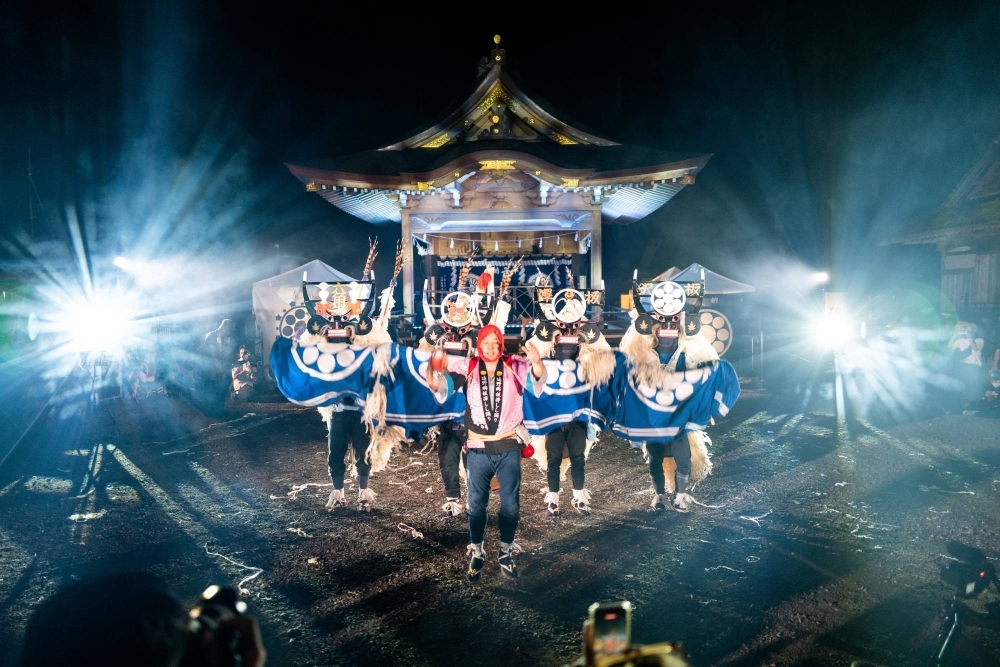On the outskirts of Tono, Iwate Prefecture, I gather with a group of travelers at the head of the short trail leading to a collection of statues known as the Gohyaku Rakan, (also known as the “Five-hundred Arhats”).
This spiritual work of art was created to honor the victims of the Great Tenmei famine in 1782. In an effort to pacify the restless spirits of the victims, a Buddhist priest from Daijiji temple carved reliefs of 500 rakan (Buddhist figures) statues from natural rocks in the area. Today, 380 remain, covered in patchy emerald moss on a steep hillside.
Crossing a small bridge, we follow the trail upward into the cool forest. There in a tranquil forest, our guide, Haruka Tada, shares stories of Tono’s long history of starvation and struggle. As she speaks, warm summer light filters through the darkness of the dense green trees, dappling the mossy stone faces of the rakan and large boulders at rest on the forest floor. Listening to these true stories of tragedies past in a fairy tale-like setting, the complicated origins of Tono’s reputation for dark folklore begin to emerge and make sense.



